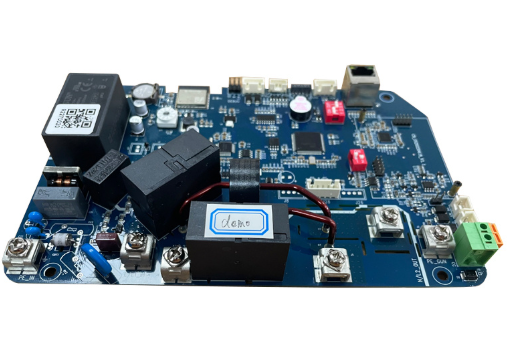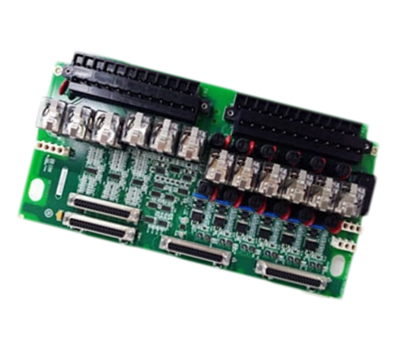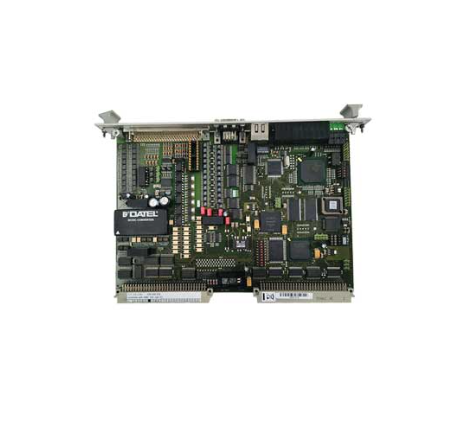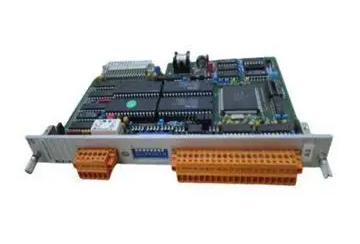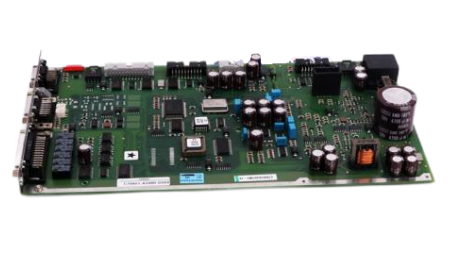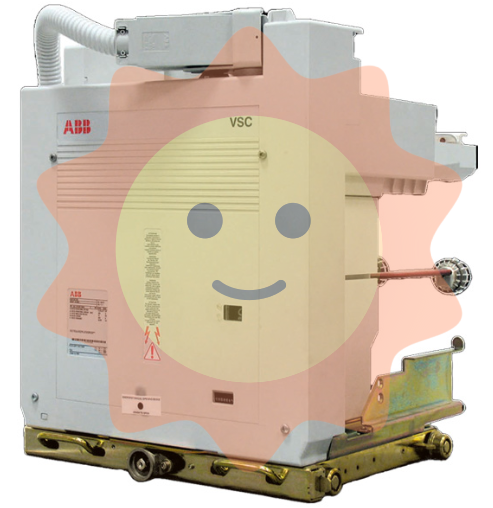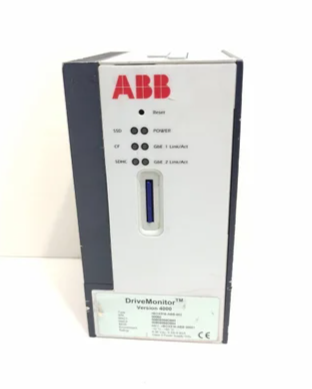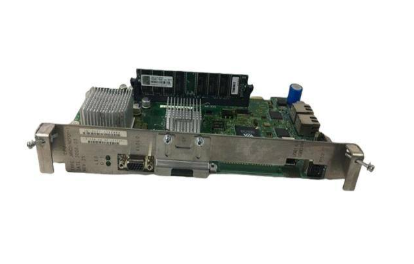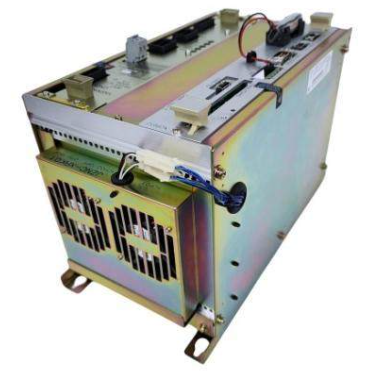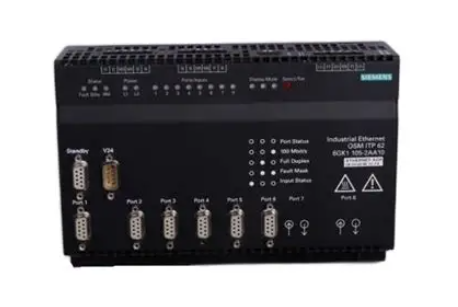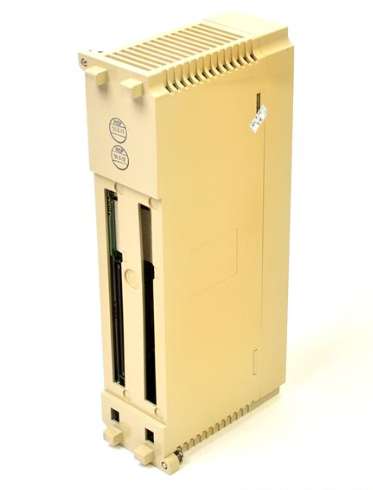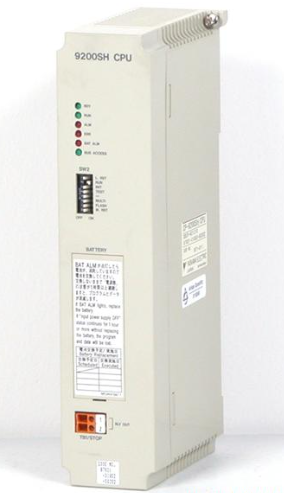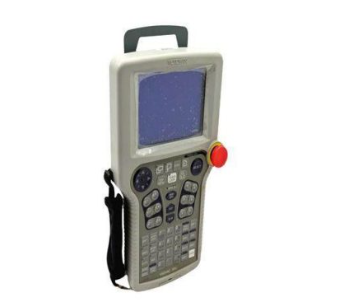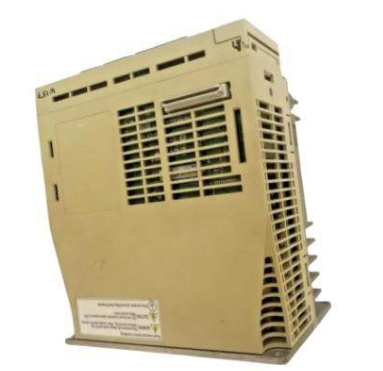How to do chemical industry
▲ gas-liquid mass transfer equipment
1) Plate tower: bubble cap, float valve, screen plate, etc. The flow direction distribution type of plate tray can be divided into U-shaped flow, single overflow, double overflow and so on
2) Packing tower:
Lacey ring, ball ring, moment saddle ring and other packing.
Loose, structured packing.
Solid packing, screen packing.
The selection of the above mass transfer equipment should be based on the separation difficulty, pressure drop size, vacuum (heat sensitive materials), material nature, investment situation, corrosion situation, material cleaning situation, safety requirements, elasticity size, foaming and other conditions.

▲ Heat transfer equipment
Divided by function: cooler, condenser, heater, heat exchanger, reboiler, steam generator, superheater, waste heat boiler, etc.
According to the structure type: The heat exchanger using two flow heat exchange is divided into the following five types from the structure
A. Shell type (fixed tube plate, floating head type, stuffing box type, U-shaped tube type)
B. Plate type (plate fin type, spiral plate, umbrella plate, corrugated plate)
C. Tube type (air cooler, tube type, spray pipe type, box type)
D. Liquid film type (lifting film type, scraper film type, centrifugal film type)
E. Other types (shell type, heat pipe type)
The selection of the above type of heat exchanger is based on:
A. Fixed tube-plate heat exchanger: fixed tube-plate heat exchanger that is, both ends of the tube plate and the shell are connected into one, because the shell process is not easy to repair and clean, so when choosing A fixed tube-plate heat exchanger, the shell fluid should be cleaner and not easy to scale the material; When the temperature difference between the two fluids is large (greater than 60℃), thermal compensation should be considered, and the temperature difference between the two fluids is not easy to be greater than 120℃.

B. Floating head heat exchanger: the heat exchanger shell is easy to clean, but the inner gasket is easy to leak, suitable for heat exchangers that need to compensate for thermal expansion, and the temperature difference between the two fluids is greater than 120℃.
C.u-type tube heat exchanger: "The heat exchanger is convenient to manufacture, install, low cost, pipe resistance to high pressure, but the structure is not compact." It is suitable for high temperature and high pressure situations, and the fluid in the tube must be clean.
D. Plate heat exchanger
Plate fin type: compact, high efficiency, can be multiple strands of material heat transfer at the same time. The operating temperature is not more than 150℃.
Spiral plate: can be used with granular materials, good level utilization. Not easy to repair.
Umbrella plate: simple, compact, easy to clean, the use of temperature is not more than 150℃, the use of pressure is not more than 0.12MPa.
Corrugated plate: compact, high efficiency, easy to clean, the use temperature is not more than 150℃, the use pressure is not more than 0.15MPa.
E. Selection basis of air cooler

a. The air inlet temperature (i.e. the design temperature) is lower than 38℃.
b. The outlet temperature of the hot fluid is higher than 50 ~ 65 ° C, and a certain fluctuation range (3 ~ 5 ° C) is allowed.
c. The logarithmic mean temperature difference is greater than 40℃.
d. The fluid approach temperature (that is, the difference between the exit temperature of the hot fluid and the entrance temperature of the cold fluid) is at least 15 ° C.
e. The heat transfer coefficient in the pipe is less than 2325.6W/(m2.K).
f. The fouling coefficient of cooling water is greater than 0.0002(m2.K)/W.
g. The water source is far away, and the cost of water collection is large.
h. The freezing point of hot fluids is low (less than 0℃).
▲ Chemical pump
According to the nature of the material, the corrosiveness of the material, flammable and explosive, toxic, high temperature, high pressure, low temperature, viscosity, volatility, solid particles and other factors, in addition to considering the safety, reliability and sealing requirements of the pump.
▲ Container (storage tank)
According to the nature of the material, corrosiveness of the material, inflammable and explosive, toxic, high temperature, high pressure, low temperature, viscosity, volatility, solid particles and other factors.

Storage tanks can be roughly divided into two categories according to use, one is for storage, generally refers to the storage of raw materials, intermediate products or finished products, raw materials and finished products storage generally has a great relationship with the external transport of the factory, intermediate product storage and the production of the intermediate product before and after the device has a great relationship. For example, it is necessary to consider the production cycle of the front and rear devices, the normal start and stop and the accident stop situation to determine the amount of storage. This type of tank farm is generally set up separately. The other is the storage tank required for the process process in the device, which usually has a return tank (residence time takes 5 to 10 minutes), a receiving tank and a buffer tank (usually takes 20 minutes), a gas-liquid separation tank (usually takes 2 to 3 minutes), a liquid-liquid separation tank, etc.
5 Process design work procedures
6 Equipment design pressure and temperature determination
6.1 Determination of equipment design pressure
▲ Scope of application
1) Design pressure of pressure vessel
0.1MPa (G) ≤ Design pressure ≤ 35MPa (G)
Vacuum degree above 2kPa(200mmH2O)
2) Design pressure of atmospheric vessel
Design pressure less than 0.1MPa(G)
Vacuum degree less than 2kPa(200mmH2O)
- EMERSON
- Honeywell
- CTI
- Rolls-Royce
- General Electric
- Woodward
- Yaskawa
- xYCOM
- Motorola
- Siemens
- Rockwell
- ABB
- B&R
- HIMA
- Construction site
- electricity
- Automobile market
- PLC
- DCS
- Motor drivers
- VSD
- Implications
- cement
- CO2
- CEM
- methane
- Artificial intelligence
- Titanic
- Solar energy
- Hydrogen fuel cell
- Hydrogen and fuel cells
- Hydrogen and oxygen fuel cells
- tyre
- Chemical fiber
- dynamo
- corpuscle
- Pulp and paper
- printing
- fossil
- FANUC
- Food and beverage
- Life science
- Sewage treatment
- Personal care
- electricity
- boats
- infrastructure
- Automobile industry
- metallurgy
- Nuclear power generation
- Geothermal power generation
- Water and wastewater
- Infrastructure construction
- Mine hazard
- steel
- papermaking
- Natural gas industry
- Infrastructure construction
- Power and energy
- Rubber and plastic
- Renewable energy
- pharmacy
- mining
- Plastic industry
- Schneider
- Kongsberg
- NI
- Wind energy
- International petroleum
- International new energy network
- gas
- WATLOW
- ProSoft
- SEW
- wind
- ADVANCED
- Reliance
- YOKOGAWA
- TRICONEX
- FOXBORO
- METSO
- MAN
- Advantest
- ADVANCED
- ALSTOM
- Control Wave
- AB
- AMAT
- STUDER
- KONGSBERG
- MOTOROLA
- DANAHER MOTION
- Bently
- Galil
- EATON
- MOLEX
- Triconex
- DEIF
- B&W
- ZYGO
- Aerotech
- DANFOSS
- KOLLMORGEN
- Beijer
- Endress+Hauser
- MOOG
- KB
- Moxa
- Rexroth
- YAMAHA
- Johnson
- Westinghouse
- WAGO
- TOSHIBA
- TEKTRONIX
- BENDER
- BMCM
- SMC


Email:wang@kongjiangauto.com

